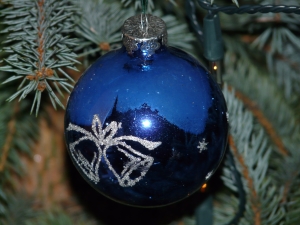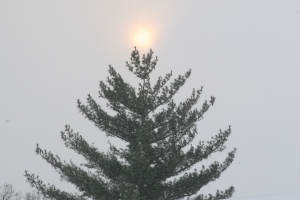From the time of the Great Fall, vampires have lived among us. Although there have been times when humans and vampires have coexisted somewhat peacefully, that has not occurred for hundreds of years–not since the Time of Hunting. During the Time of Hunting, humans partnered with certain segments of vampire society and declared war upon all Supernaturals. Fortunately, another segment of vampire society continued to be strict adherents to Artemis’ Purpose.
By the time the second vampire war ended, thousands of humans, vampires and other Supernaturals lay dead. Human hysteria fed continued attacks on vampire and Supernatural enclaves, and so vampires and other Supernaturals went underground. In order to soothe human fears, many myths, legends and other sources of misinformation were established by the Supernatural community.
Here are 5 such myths:
- Myth: #Vampires, werewolves, witches, and other Supernaturals don’t exist. The truth is that Supernaturals have existed since Time Began, except for vampires. Vampires were created by Artemis in response to Caine killing his sister, Abella.
-
Myth: Vampires are harmed by garlic, holy water, crosses or other symbols of religion, silver, and sunlight. The truths is that some vampires enjoy a nice, garlic-laden Italian dinner, belong to various religions, have silver serving dishes and wear silver jewelry, and sun bathe like humans. Vampires can be killed, however, by shredding the heart and decapitation. Gold weakens and burns them.
-
Myth: Vampires are evil. The truth is there are two distinct segments of vampire society. One segment views humans as blood cattle; the other segment adheres to Artemis’ Purpose to save human souls.
-
Myth: Vampires turn into bats and fly. The truth is that vampires can no more fly–without an airplane–than humans. However, they can teleport, but it is a rare Power. Vampires do have a wide range of other Powers, though.
-
Myth: Vampires are ruled by blood lust. The truth is that Artemis instilled both a blood lust and a sexual lust in vampires in order to remind them of there connection to humanity. Although vampires can survive on feeding their Hungers with vampires, Supernaturals or even animals, over time their Powers will weaken. In order to maintain the optimal level of Power they must feed from humans, both blood and sex.
In spite of hundreds of years of carefully maintaining their mythological status, vampires now face the risk of being outed. Once defeated by the combined efforts of vampires and other Supernaturals, the segment of vampire society that wants to make humans into blood-cattle has risen from the ashes of that defeat. While the World Council of Matriarchs sit on the sidelines, First Councilwoman Serena Longer faces the greatest challenge of her very long life: to keep her heart and her People safe.
To learn more about vampires, read Artemis’ Warriors, Book 1, The Vampire War.
https://www.amazon.com/Artemis-Warriors-Aya-Walksfar-ebook/dp/B0158NZ1L6

COMING July 8th on Amazon! Arundia Returns, Book 2, The Vampire War.
If you love vampires, enjoy a good adventure with a sexy heroine, you don’t want to miss The Vampire War Trilogy!






